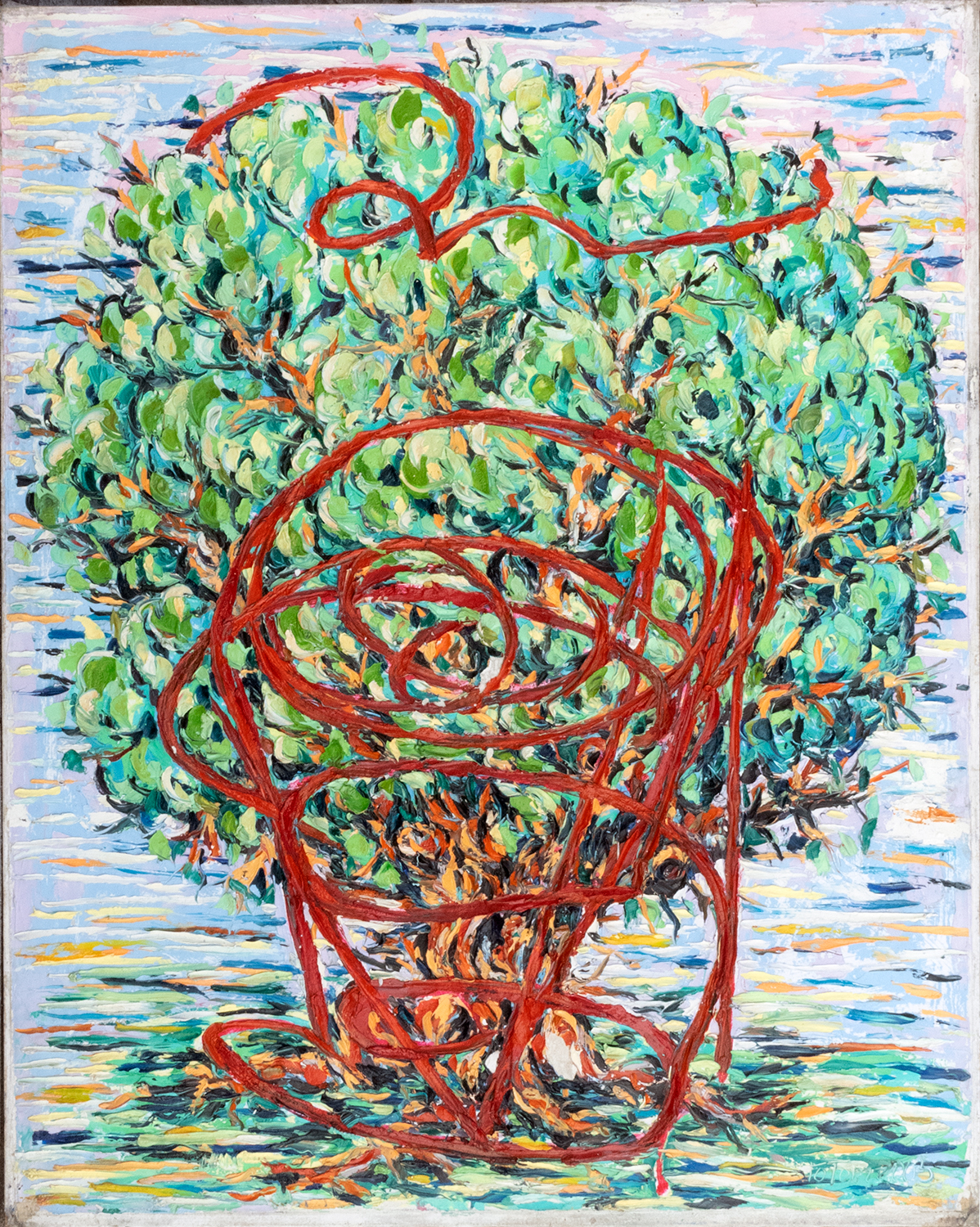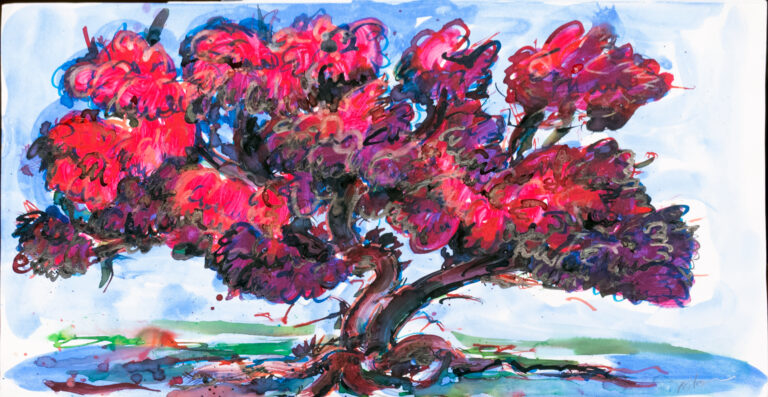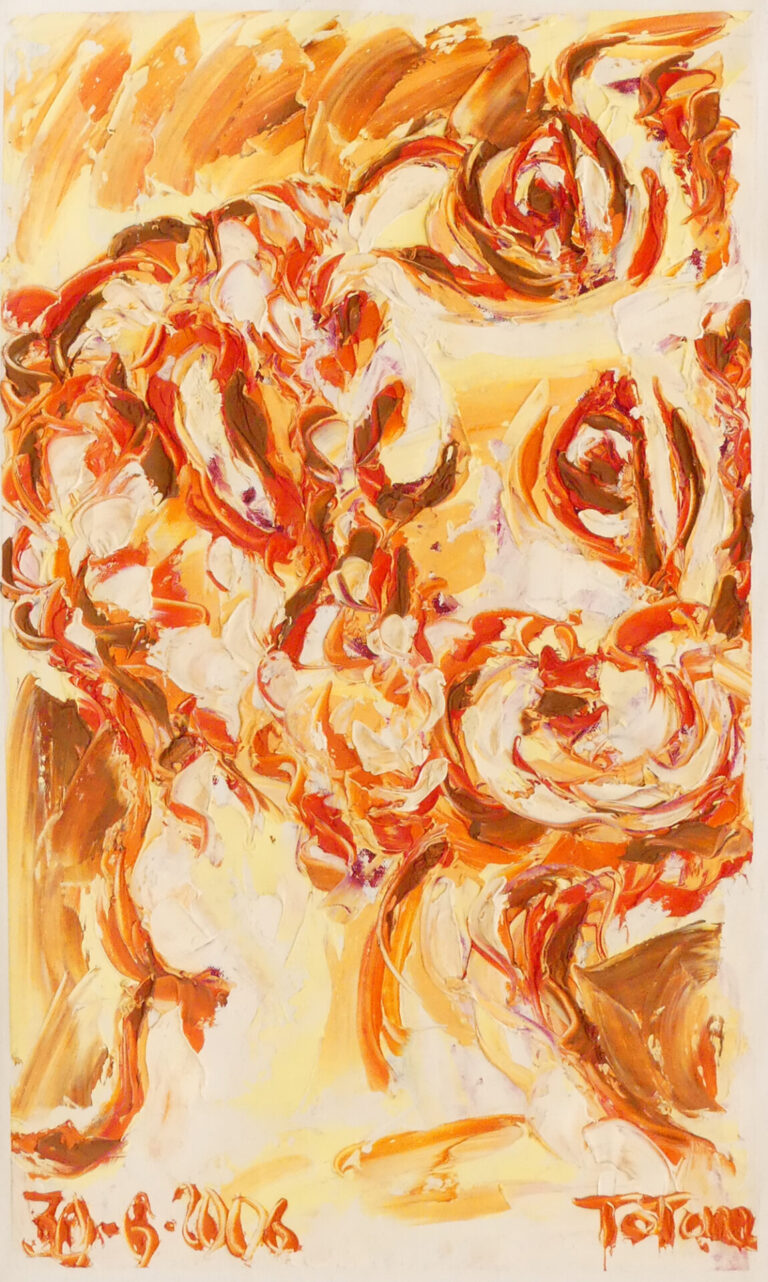Depth of art
The journey of art is an inner journey, a transformation of one’s own psyche guided through the artistic work.
Philosophically, art acts as a bridge between the viewer and the inner world. Art, through symbols, keys, visual, sound, and imaginary keys, connects with intimate and sacred aspects of being and consciousness.
In ancient works, as in traditional tales, this journey is made in a direct way. It is likely that those artists knew something that, for us, today, is unknown, since they clearly traced a path to the inner world, and touched intimate and secret, magical and unconscious aspects of the spiritual world.
This journey has a connotation with depth, since we could say that it takes us “inward”, it is the depth of art.
While we observe those wonderful works of art, while we read those texts, while we listen to those symphonies, as if without realizing it we are transported to a state of consciousness, where we experience indescribable emotions and feelings.
Artistic adaptations
Today, many artistic messages are linear. Even artistic adaptations of ancient works, these adaptations stop leading on that magical journey, they stop working. The same keys are used, or so we think, but the result is nothing alike.

When reading an ancient work, one is transported as if without realizing it. There is no effort. We listen or read, or look at the piece, and suddenly we feel in that other, deeper state of consciousness.
In artistic adaptations, whether we like it more or less, we find it more or less pleasant, we enjoy it more or less, there is no journey, there is no deepening. When the piece begins and ends, when the story or the movie begins or ends, when we look at the work of art or even when we step out into that wonderful modern building, we are the same as when we entered. That is why it is said that there is linearity. Current works, by tendency, do not transform us, nor transport us.
The formulas of the aesthetics of art
We greatly value what art evokes in us, what moves and moves us, but we leave aside the old objective, personal transformation.
Spiritual art seeks to transform the viewer, seeks to transport them and guide them through a conscious journey. It uses the same tools that our ancestors used, formulas of art aesthetics. Use the same symbols, the same keys, the same forms and structures. And its purpose, again, is to be a bridge to personal transformation.
In art, the artist, in some way, knows this path, because he has lived it. And he knows all the possible problems that could follow. And this is important, because if for some reason I didn’t know him, he could guide us in another direction, and we all know that, in the dream world, in the world of the unconscious, there are many dangerous and dark passageways where no one likes to go.
In linearity, there is something, maybe a story, maybe an aesthetic, we could discover something very interesting and also things that move us, that inspire us, but unlike the journey of art and inner transformation, when we begin and end the work, both the artist and the viewer, do not experience any change, there is no difference between one state and another. You enter the work and leave, and it has not changed.
By studying ancient works, we can understand that those keys were studied and known. Well, they were not simple formulas, they were complex structures, sometimes mathematical and abstract. Both music, architecture, painting and sculpture, used certain keys, such as the phi number, the Fibonacci spiral, certain symmetries or even the structure in reflection, inverse, as if the artist observed the world from through a mirror. There are too many details and complex shapes that are difficult to understand.
But not only do we find the spiral superimposed on these forms, but also an exact calculation of figures and colors, shadows and lights that would correspond to this proportion, we speak of a calculation in hundredths of the amount of color and harmony of figures, something less visible. at first glance, but as interesting as the superimposition of the perfect spiral.
So we have to conclude that these artists knew certain keys, and they are not only aesthetic keys, but rather they correspond to precise tools to generate a certain state of consciousness.
Currently, if we imitate these keys as we see them with the naked eye, if we repeat them, without full knowledge of them, we will not obtain the same result. Well, they are not simple keys, they are exact and precise, which must be used at the time and in the appropriate way.
The language of the soul
Even so, the person who achieves a conscious inner journey, the person who observes their inner world, will little by little develop the way to access this state of internalization more easily. A journey that he will be able to transfer to his works. Perhaps speaking, or drawing, or simply with his gaze, he inspires this journey and takes us to other levels.
Art, yes or yes, represents internalization, since the world of feelings and emotions is internal. If there is no internalization, we would be talking about sound or visual forms, more or less aesthetic, but frivolous and superficial. Art, on the other hand, must connect the mind and the spirit, and this gives it its value. This fact is what makes art exist thousands of years ago, and thousands of years from now, art continues to exist.
Art knows the language of the soul, inspiration is a feeling of the soul, shock is of the spirit. And by enjoying art, we live that bridge and cross it, a bridge between the material and sensitive world.
Humanity needs this bridge. It does not have to be a mystical, esoteric, or magical path. Because the world of feelings is global, general. It does not have to be refined, since it is not a world that includes rules or forms. Feelings are given, without alignment, without consideration, with impudence. And art moves the soul and invites the mind, even the crudest and coldest mind, to connect with its feelings.






